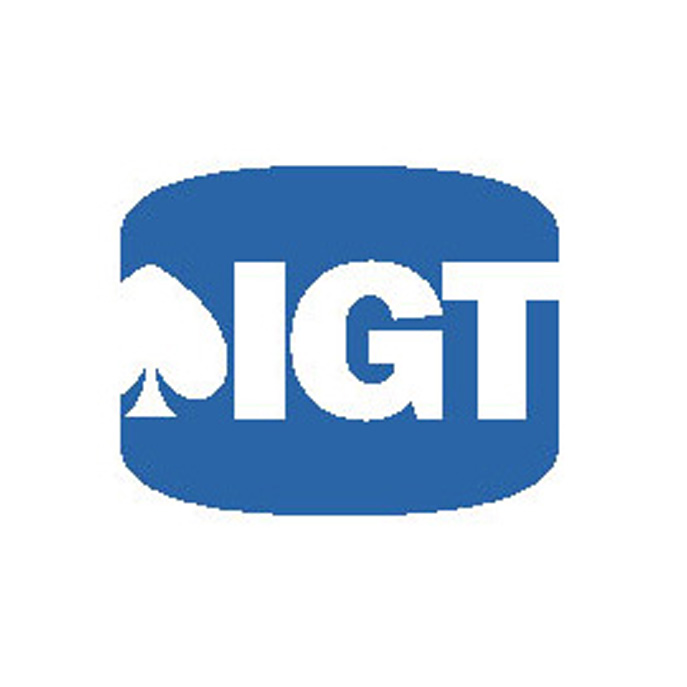Best Practices for Slot Machine Maintenance: Timelines, Components, and Common Mistakes
Slot machines, while built for entertainment, are precision-engineered devices requiring diligent maintenance to function optimally. Regular upkeep not only ensures consistent player satisfaction but also safeguards a venue’s revenue stream and regulatory compliance. In this article, we explore essential best practices in slot machine maintenance, critical components, service schedules, and the common pitfalls technicians should avoid.
Understanding the Complexity of Slot Machines
Modern slot machines are far more sophisticated than their mechanical predecessors. They are intricate systems composed of embedded microcontrollers, random number generators (RNGs), bill validators, ticket printers, touch screens, sound systems, and a host of sensors. These machines are not just gaming tools—they are fully functional embedded computing systems operating under strict regulations and high player expectations.
Each of these components requires regular checks and calibration to function correctly. Understanding how these parts interact is crucial to maintaining uptime and ensuring a smooth gaming experience for users.
Scheduled Maintenance: Daily, Weekly, Monthly Tasks
Slot machine maintenance should be scheduled much like preventative maintenance in industrial machinery. A structured timetable ensures no critical task is overlooked:
- Daily: Visual inspections, cleaning screens and button panels, checking cash boxes and ticket printers, validating external wiring.
- Weekly: Internal dusting (using anti-static tools), checking for firmware updates, reviewing logs for errors or tampering attempts.
- Monthly: Calibration of touch screens, diagnostic tests on RNGs, bill validator cleaning, coin hopper lubrication, battery level checks on backup modules.
Establishing and adhering to such schedules minimizes unexpected downtime and prolongs machine life.
Key Components Requiring Regular Attention
Some components are more prone to wear and require regular scrutiny:
- Bill Validators: These must be cleaned regularly to avoid rejection errors, misreads, and fraudulent note acceptance.
- Touchscreens: Subject to heavy usage, they can become unresponsive or misaligned. Periodic recalibration and inspection for cracks or discoloration are critical.
- Ticket Printers: Jamming and paper misfeeds can impact player trust. Cleaning and firmware updates reduce issues.
- Cooling Fans: Overheating is a common problem. Dust buildup needs to be removed monthly.
- Power Supplies: Voltage fluctuations can damage sensitive boards. Surge protectors and voltage regulation should be regularly tested.
Data Logs and Diagnostic Tools
Most modern slot machines are equipped with diagnostic tools and logs that can provide a wealth of data. These include error reports, maintenance history, system usage hours, and tampering alerts. Using this information proactively helps identify failing components before they cause machine downtime.
Some systems allow remote access or centralized dashboards where technicians can monitor dozens or even hundreds of machines in real-time. Implementing such solutions improves operational efficiency and reduces the need for manual checks.
Common Mistakes in Slot Machine Maintenance
Even experienced technicians can fall into routine errors that compromise machine reliability:
- Neglecting firmware updates: These often include critical security patches or performance enhancements.
- Using inappropriate cleaning materials: Harsh solvents can damage screen coatings or plastic enclosures.
- Skipping log reviews: Ignoring internal logs means missing signs of tampering or early failures.
- Overlooking temperature and humidity control: Environmental conditions can cause condensation and short-circuits.
A detailed checklist and consistent training help avoid these mistakes.
Training and Documentation
A well-documented maintenance procedure and properly trained staff are the backbone of any successful slot machine upkeep program. Each technician should understand machine-specific quirks and OEM guidelines. Training should be ongoing, particularly when introducing new models or firmware upgrades.
Documentation should include maintenance logs, part replacement history, inspection outcomes, and calibration results. These are crucial for compliance audits and long-term performance tracking.
Compliance with Gaming Regulations
Casinos operate under strict oversight from gaming authorities. Regulatory bodies often mandate specific maintenance protocols, data retention policies, and uptime requirements. Failing to maintain machines properly can lead to fines or license revocation.
Regular audits require documentation and sometimes real-time machine logs. Maintenance programs must align with jurisdictional requirements, which vary widely between states or countries.
When to Replace Components vs. Repair
Knowing when to repair or replace a failing part is both an art and a science. Frequent part failures often indicate a systemic issue—perhaps overheating or excessive wear due to layout or environmental factors.
Establish thresholds: If a printer jams more than twice a week, consider replacement. If cooling fans require cleaning more than once a month, investigate airflow obstructions or consider upgraded models.
Using Maintenance to Improve Player Satisfaction
Players are highly sensitive to equipment failure. A machine that doesn’t respond, has a flickering screen, or delays payouts discourages repeat play. Well-maintained machines are not just reliable—they are more profitable.
Ensuring that machines are visually clean, responsive, and perform smoothly contributes to player trust and venue reputation. Scheduled maintenance should include aesthetics like screen brightness, speaker clarity, and button responsiveness.
Integrating Predictive Maintenance Technologies
Newer slot machines offer IoT capabilities that track internal conditions in real time. Predictive maintenance tools analyze this data to forecast failures—enabling parts to be serviced just before they fail.
This proactive approach reduces unnecessary downtime and cuts costs by avoiding full replacements. Casinos using predictive analytics report higher machine uptime and better ROI on maintenance staff time.
Inventory Management and Spare Parts Logistics
Slot machine maintenance relies heavily on the availability of high-quality spare parts. Downtime can be drastically reduced if the venue maintains an organized inventory of components such as power supplies, printer rolls, touchscreens, cables, and circuit boards. Implementing a barcoded storage system can streamline the tracking of part usage and help automate restocking processes.
In high-volume casinos, just-in-time inventory systems are risky. Instead, predictive models based on historical failure rates should determine buffer stock quantities. Working with reliable vendors who can deliver certified components quickly is also essential to avoid prolonged downtime due to incompatible or counterfeit parts.
Team-Based Maintenance Strategies
Larger venues benefit from distributing responsibilities across specialized maintenance teams. One team may focus on preventive inspections, while another handles reactive troubleshooting and part replacement. Coordinating schedules with game floor managers ensures machines are serviced during off-peak hours, reducing disruption and preserving player experience.
Collaboration tools, shared digital logs, and role-based accountability (e.g., assigning zones or rows of machines to individual technicians) foster operational clarity. This method also helps identify repeat issues in specific zones or with particular models, facilitating targeted intervention strategies.
Expanded Conclusion: Turning Maintenance into Competitive Advantage
Maintenance is often viewed as a background process, but in reality, it defines the quality and continuity of the gaming experience. Well-maintained machines are not only reliable but perceived by players as more trustworthy, fair, and enjoyable. This perception drives higher retention, longer playtime, and ultimately, increased revenue.
Furthermore, robust maintenance policies reduce the total cost of ownership over a machine’s lifecycle. Casinos can defer capital expenditures by extending the functional lifespan of their existing fleet, while also reducing liability from safety or regulatory infractions.
In today’s competitive gaming market, operational excellence is not optional—it is a strategic necessity. Viewing slot machine maintenance not just as a duty but as a performance driver shifts the mindset from reactive repair to proactive value generation.





















